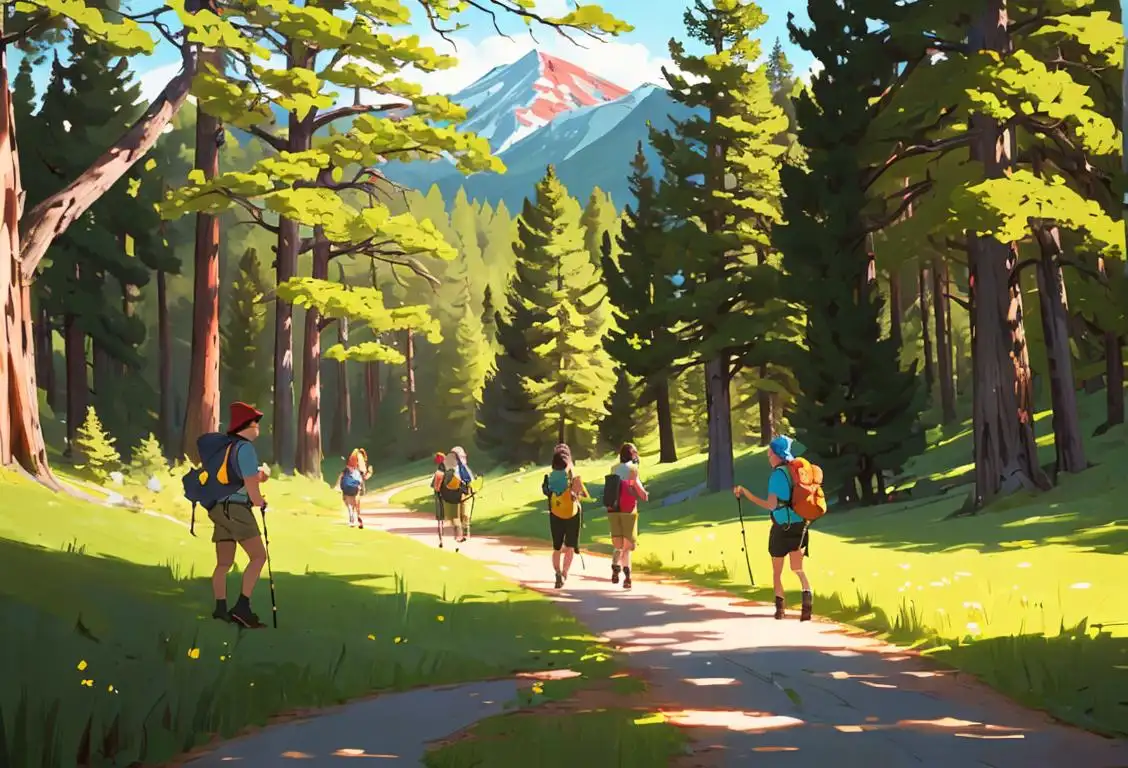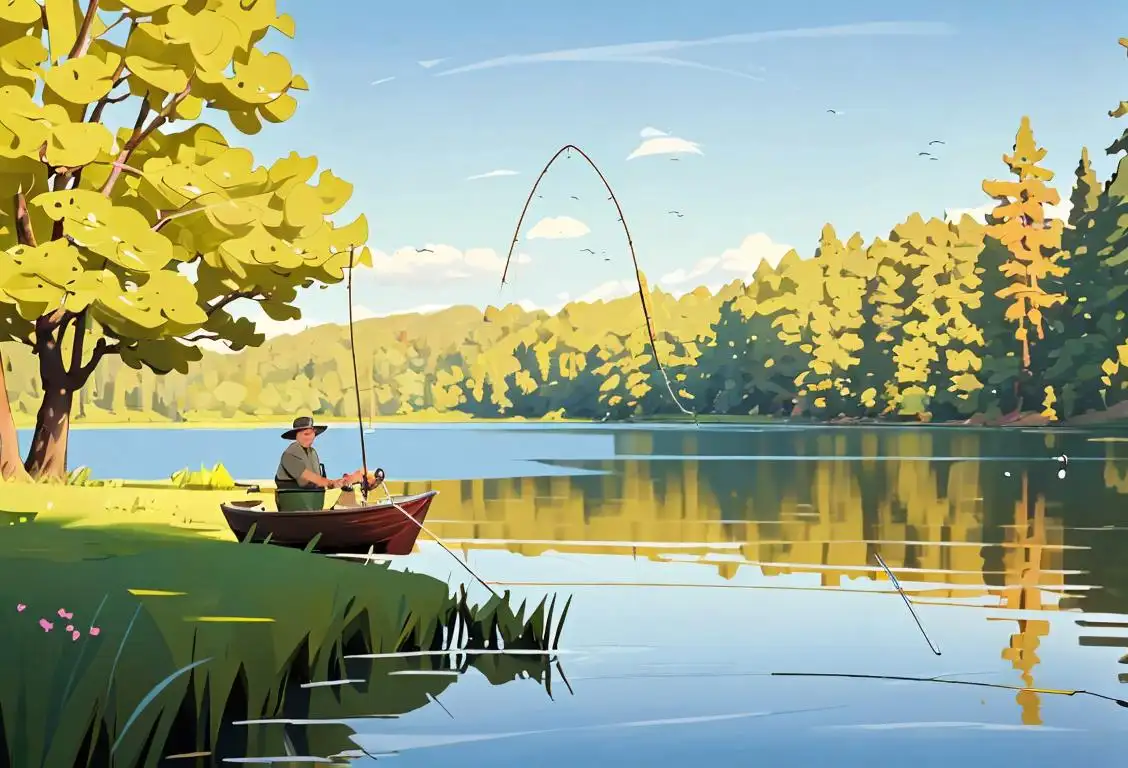National Park Service Founders Day

Welcome to WhatNationalDayIsIt.com, where we uncover the intriguing and often hilarious history behind national days! Today, we're diving into the fascinating world of National Park Service Founders Day.
When is Park Service Founders Day?
It's national park service founders day on the 25th August.
What is National Park Service Founders Day?
Every year on August 25th, we celebrate National Park Service Founders Day to honor the visionaries who spearheaded the establishment of the incredible National Park Service (NPS) in the United States. This day is all about recognizing the individuals who saw the importance of preserving and protecting our natural landscapes for future generations to enjoy.
The NPS was founded back in 1916 when President Woodrow Wilson signed the Organic Act into law. This act created the National Park Service as a bureau within the Department of the Interior, tasked with managing and preserving the national parks, monuments, and other protected areas across the country.
To this day, the NPS remains committed to its mission of conserving the natural and cultural heritage of the United States. From majestic mountains to breathtaking coastlines, from historical landmarks to vibrant wildlife, our national parks offer a haven for relaxation, adventure, and exploration.
So, on National Park Service Founders Day, gather your loved ones, pack some delicious picnic food, and head out to your favorite national park for a memorable day filled with awe-inspiring sights and rejuvenating fresh air.
History behind the term 'Park Service Founders'
1916
Formation of the National Park Service
In 1916, the U.S. Congress established the National Park Service (NPS) to manage and protect the nation's national parks and monuments. This was done through the passage of the National Park Service Organic Act, which created the agency and set forth its mission to preserve the natural and cultural resources of these areas.
1872
Establishment of Yellowstone National Park
Yellowstone National Park, located primarily in Wyoming, was the first national park established by the United States. It was designated as a park in 1872 by President Ulysses S. Grant. Yellowstone's unique natural wonders, including geysers and wildlife, played a crucial role in the establishment of the National Park Service.
1890
Enabling Legislation for Yosemite and Sequoia National Parks
In 1890, the U.S. Congress passed legislation that created Yosemite National Park in California. This legislation also established Sequoia National Park, home to giant sequoia trees, making it the second national park in the United States. These two parks were instrumental in shaping the concept of preserving and protecting natural areas for public enjoyment.
1906
Creation of Antiquities Act
In 1906, President Theodore Roosevelt signed the Antiquities Act into law. This act authorized the president to designate and protect areas of historic or scientific value as national monuments. By preserving important cultural sites, the Antiquities Act contributed to the broader mission of the National Park Service in safeguarding and interpreting the nation's heritage.
1917
Stephen T. Mather becomes NPS Director
In 1917, Stephen T. Mather was appointed as the first director of the National Park Service. Mather's leadership and passion for conservation were instrumental in expanding the park system and popularizing the idea of national parks. His efforts to improve park infrastructure, increase public visitation, and promote the value of preserving natural and cultural resources left a lasting legacy.
1933
Transfer of National Monuments to NPS
In 1933, President Franklin D. Roosevelt issued an executive order transferring 56 national monuments and military sites from various agencies to the National Park Service. This expanded the scope of the NPS and further emphasized the organization's responsibility for protecting significant cultural and historical sites across the country.
1966
Creation of National Historic Preservation Act
The National Historic Preservation Act, enacted in 1966, marked a pivotal moment for the National Park Service and historic preservation efforts. This act established a comprehensive framework for preserving historic sites, buildings, and objects of national significance. The NPS plays a key role in implementing the act's provisions, including identifying, listing, and protecting historic places.
2009
National Park Service Centennial
In 2009, the National Park Service celebrated its centennial anniversary, marking 100 years of protecting and preserving America's natural and cultural treasures. The centennial highlighted the important role of the NPS in conserving diverse landscapes, safeguarding significant historical sites, and promoting outdoor recreation. It also aimed to inspire future generations to continue supporting and enjoying the national parks.
Did you know?
Did you know that the oldest national park in the world is Yellowstone National Park? Established in 1872, it paved the way for the creation of the National Park Service!Tagged
loved ones history nature adventure outdoorsFirst identified
25th August 2017Most mentioned on
25th August 2020Total mentions
43Other days
Park Service Founders Day
Parks To Reopen To Day
Parks Centennial Issue First Day
Park Service Has A Special Day
Park Is Beautiful At Both Times Of The Day
Park On A Sunny Day
Park For A Day
Hunting And Fishing Day
Park Are Stark White On A Bright Day
Go Fishing Day








